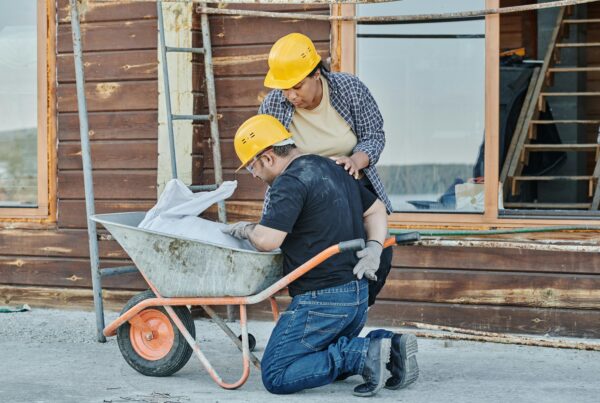Weaving Anecdotes and real-life Case Studies into our training sessions helps to communicate learning more clearly.
 That is what we have discovered, over the course of more than 20 years delivering top quality training. So why is this the case? Well, we believe that the use of anecdotes and case studies help to create friendly familiarity between the instructor and trainees. It proves that the instructor has gleaned the lessons they impart from professional experience, as well as research and learning, and provides crucial narrative breaks in the standard lesson delivery technique.
That is what we have discovered, over the course of more than 20 years delivering top quality training. So why is this the case? Well, we believe that the use of anecdotes and case studies help to create friendly familiarity between the instructor and trainees. It proves that the instructor has gleaned the lessons they impart from professional experience, as well as research and learning, and provides crucial narrative breaks in the standard lesson delivery technique.
Our training is focused on the serious task of keeping your workforce safe, healthy and productive in the workplace, but our training is never provided by a furrow-browed instructor with a didactic style of delivery that creates distance between them and their trainees. We believe it is good practice to choose anecdotes that humour your audience while conveying an important lesson. This is an effective way to dissolve the imaginary wall between teacher and pupil that is sometimes put up defensively by either party.
Osteopaths For Industry believes that training sessions should be open, friendly learning experiences in which the views of all participants are valued. How do you familiarise yourself in a circle of friends? You tell stories – a human activity as old as our ability to communicate through images and words. By telling the story of a real-life experience from which you learned an important lesson you simultaneously share common ground with your trainees as a learner while establishing your authority as a trainer with vital knowledge and skills to share.
Rather than simply tell others what to do, encourage them to learn with you. All good anecdotes, case studies and stories have characters. Use names to increase familiarity and if by chance you have an anecdote involving an employee in your workforce invite them to the presentation to share their experiences, preparing your material beforehand.
Last but certainly not least, remember that practical role-playing scenarios are often better absorbed and remembered by trainees. An effective and valuable learning experience should be a balanced blend of essential information and practical guidance.
You may wish to structure anecdotes and case studies like this…
- Beginning: Introduce the individual(s) and the issue or problem they faced.
- Middle: Explain how the individual(s) overcame the issue or problem by applied learning and correct procedure.
- End (Positive Outcome Conclusion): Outline how the lesson and best practice learned helped the individual(s) and others to avoid the issue or problem in the future.
Following the conclusion, it is good training practice to have your trainees participate in a role-playing exercise during which they put the best practice outlined in your anecdote or case study into action. This strengthens learning retention. Strike a balance in your training between what your participants can think about and what they can act upon.
In this blog series, our expert trainers share their experience and show you how to make your manual handling courses more engaging.
[xyz-ihs snippet=”Newsletter-Subscribe-Medium”]Articles within this series will be published bi-monthly from January 2015. Subscribe to our email newsletter to stay informed.
- Introduction (Advice for Manual Handling trainers – How to make your courses more engaging).
- Tailor your course to fit your audience.
- Apply the ‘Stages of Change’ model to your training.
- Make your course material engaging & mix up your training methods.
- Personalise your training with anecdotes and case studies. (this page)
- Explain the ‘why’ behind the ‘how’.
- Make ‘practical’ a key component of your training.
- Follow up your training with feedback and course evaluation.








